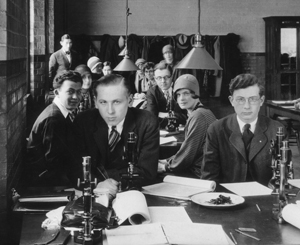NASA Award Helps Doctoral Student Develop Space-Structure Composite Materials
Second-year graduate student Andrea Hoe grew up designing and building projects with her father in their backyard. She also loved spending time with her family surveying the night sky. As a young child, she wanted to be an astronaut. So,…


 Nature is all about cycles—the circle of life. Likewise, the history of the
Nature is all about cycles—the circle of life. Likewise, the history of the